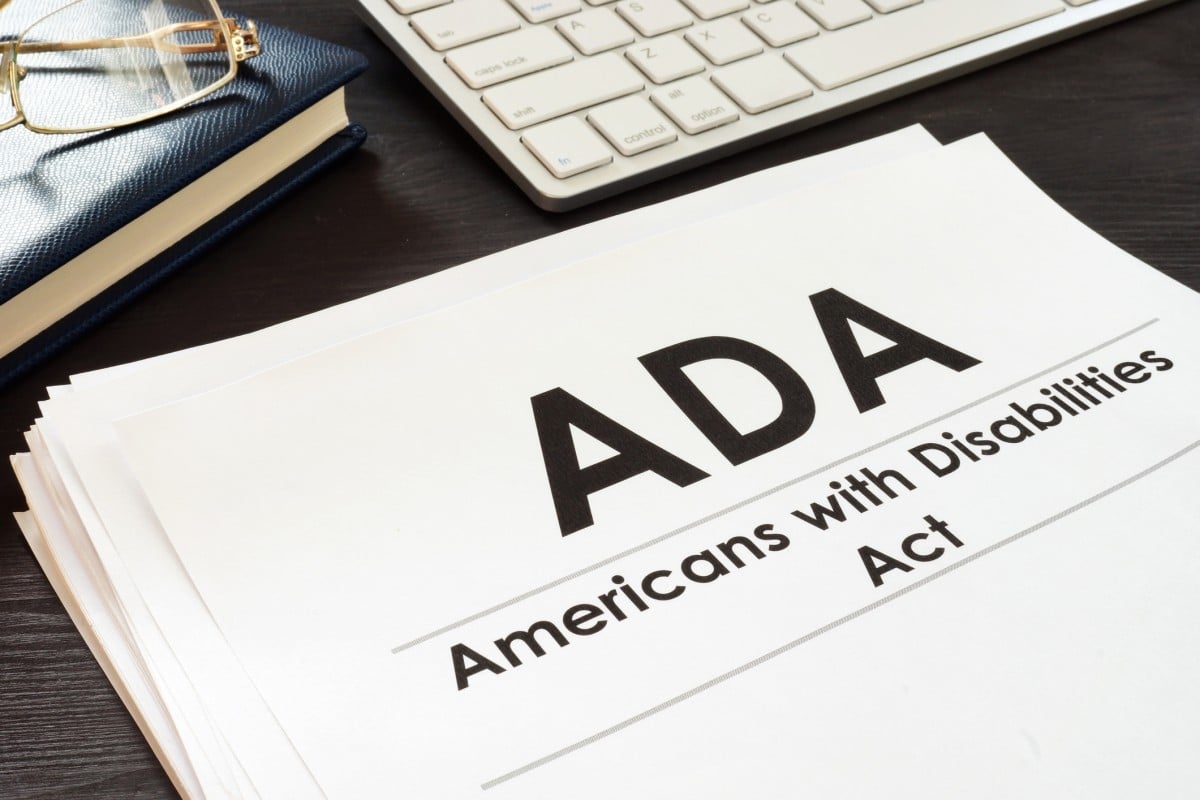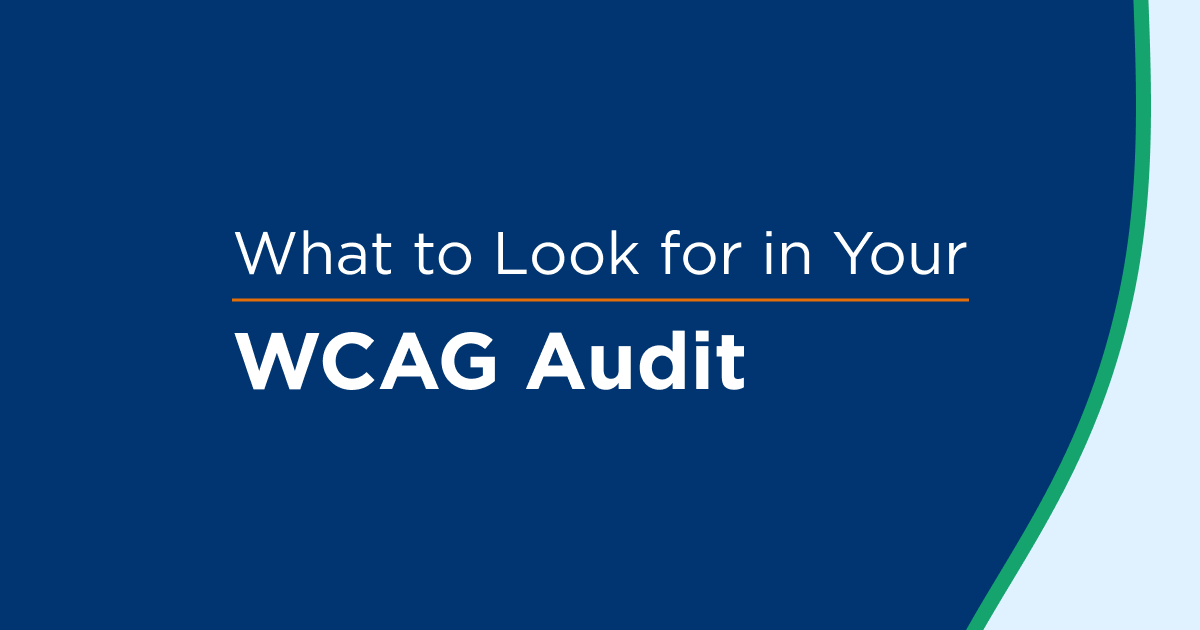ADA Website lawsuits are on the rise in California and no organization with an online presence is exempt. Even the State of California is being sued by a San Francisco blind organization.
The Orange County Register has joined an increasing number of news outlets raising awareness about ADA Website requirements for businesses. On December 11, 2019, an opinion piece declared, Businesses struggle to comply with unclear ADA Website Requirements."
We've updated our previous blog on ADA lawsuits in California to include content from this piece.
Regulators have stated that “effective communication” must be provided to those with disabilities but have not clearly defined what it means. These ambiguities are further complicated by the fact that communications disabilities are very individualized, creating a moving target for compliance. The U.S. Department of Justice needs to establish clear standards so that businesses have certainty when they take steps to comply.
ADA Website Lawsuits in California on the Rise
The Monterey Herald joins a growing number of local news outlets reporting on the impact of ADA Website lawsuits on businesses.
Writer James Herrera interviewed Monterey County business leaders, a Web designer, and Richard Hunt, an attorney with a focus about the lawsuits being brought against businesses in California for inaccessible websites under Title III of the ADA.
According to the article, most organizations interviewed want to bring their Website into compliance and understand benefits of accessibility but the lack of laws makes it difficult to know where and how to get started.
We've included an excerpt from the article or you can read it in full here.
California businesses are required to have accessible websites under both federal law (the ADA) and state law (the Unruh Act). There is some controversy about whether internet-only businesses are covered by federal law but it would be a mistake for any business with a website to rely on technical arguments until the law is more settled – which will take years,” said Richard Hunt, an attorney with a focus on lawsuits brought under Title III of the ADA. “One note: nobody is sure what ‘completely accessible’ means. The best bet is something like the Web Content Accessibility Guidelines 2.0 at success level AA.”
The Guidelines are published by the Web Accessibility Initiative of the World Wide Web Consortium, the main international standards organization for the Internet.
Web Content Accessibility Guidelines 2.0 defines how to make Web content more accessible to people with disabilities. Accessibility involves a wide range of disabilities, including visual, auditory, physical, speech, cognitive, language, learning and neurological disabilities. There are testable success criteria, which are at three levels: A, AA and AAA.
Hunt has been involved in cases in both state and federal courts in California as well as New York and Florida.
"One of my cases is not resolved yet. The others were settled. Ninety-seven percent of website accessibility cases settle within six months of filing according to statistics from Usablenet and others. The terms are generally confidential but as a rule, require that the website be fixed so it is accessible,” said Hunt. “In the last several months defendants who were willing to take a case all the way to trial have been winning, but these victories come about either because (a) there is a problem with the plaintiff and so the court never looks at the website or (b) the website is already accessible. In other words, nobody is winning because websites do not have to be accessible."
In Hunt’s experience, website non-compliance claims are settling for between $3,500 and $20,000."
Our Take
Taking a look at data collected from the 2018 ADA Website lawsuit report, it’s clear why a local newspaper in California is covering the topic: companies in California made up 10% of all cases in 2018. But the impact is global. From 2018 to 2017 there was an 181% rise in website accessibility lawsuits and midyear 2019 data shows that 2019 may be another record breaking year.
Rob O’Keefe, Monterey County Convention and Visitors Bureau is working to make adjustments and summarizes, “It’s within our interest to do that anyway.” We agree and have written about how your business case for website accessibility in 2020 could not be stronger.
If you've already received an ADA website lawsuit or claim, we recommend 10 steps you can take now.
If you are just learning about this topic and want an actionable checklist and best practices, download our free Web and App Accessibility: Your Roadmap to Web Accessibility Compliance e-Book.
You can also try our Accessibility Checker for nine easy check areas compiled by the World Wide Web Consortium (W3C) or contact UsableNet for a free consultation.











